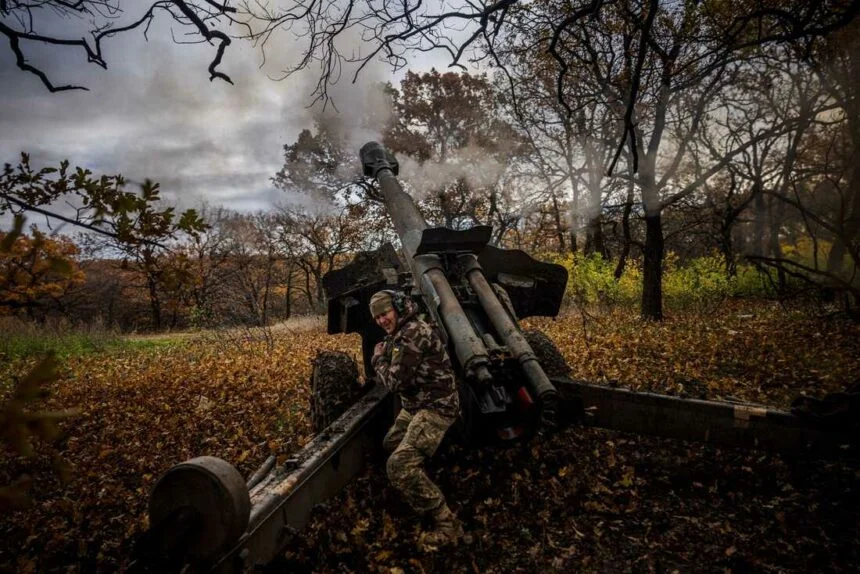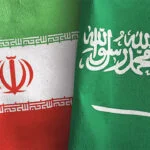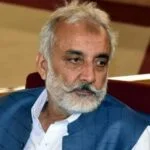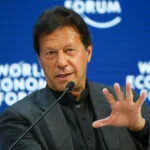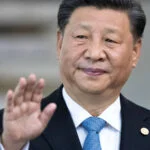A remarkable three-month turn of events for the Ukrainians is brought to a close with the loss of Kherson, which is comparable to Russia’s humiliating withdrawal from its positions outside the capital Kyiv earlier in the year.
For months, Russia has experienced no success.
They have lost vast tracts of land in the east, their Black Sea fleet’s flagship has been sunk, and a vital bridge connecting Russia to the captured Crimea is still inoperable.
Since the full invasion in February, Russian forces have been compelled to retreat from the one provincial capital they managed to seize.
Similar to the unsuccessful seizure of Kyiv, maintaining control of Kherson was simply impossible.
This marks the end of a methodical, well-planned series of military operations that started in July with an attack on vital bridges connecting Russian soldiers in and around Kherson with their supply convoys to the east and south by Ukrainian forces utilising recently acquired American Himars rocket weapons.
After isolating Russian forces and tricking Moscow into believing Kherson was about to be assaulted, Kyiv launched its rapid onslaught in the northeast, near Kharkiv, utterly catching Moscow off guard.
The ultimate prize, however, was always Kherson. The Kerch Bridge, which connects Russia with occupied Crimea, was shut down by an explosion at the beginning of October.
This was humiliating for Moscow because the bridge was a pet project of Russian President Vladimir Putin, but it also signified yet another crucial supply line being cut off for Russian forces in Kherson, which was a major defeat for them.
The military position for Mr. Putin’s soldiers west of the Dnipro river was becoming more dangerous despite his declaration that Kherson would remain part of Russia “forever” following Moscow’s staged referendum at the end of September.
Russia started its pullout quietly, primarily at night.
This manufactured bit of theatre signalled the conclusion of the process, not the beginning, when Gen. Sergei Surovikin, the new commander of Russian forces in Ukraine, appeared on television on Wednesday and appeared to request the defence minister’s approval to send his men out of the city. Everything valuable already vanished.
The Dnipro river is a sizable natural defence line that currently lacks nearly all practical crossing sites. It makes perfect military sense for Russia’s demoralised troops to utilise it as a barrier against additional Ukrainian advances as winter approaches.
Russian forces have now destroyed portions of the devastated Antonovsky bridge, which had been bombarded for months by Ukrainian rockets.
On the eastern bank of the river, satellite data reveals freshly dug trench lines, along with heavily fortified positions at strategic entry points into Crimea.
However, Kyiv officials continue to sound wary despite the fact that grateful citizens are swarming Ukrainian forces in the centre of Kherson.
According to Ukrainian intelligence, there could still be thousands of Russian soldiers fighting in Kherson.
Booby traps and mines are another concern.
In the ensuing hours, those worries will either come true or pass away. The Kherson conflict is almost finished.
The Russians must be speculating about Ukraine’s upcoming action as they fortify themselves in their new roles across the river.




